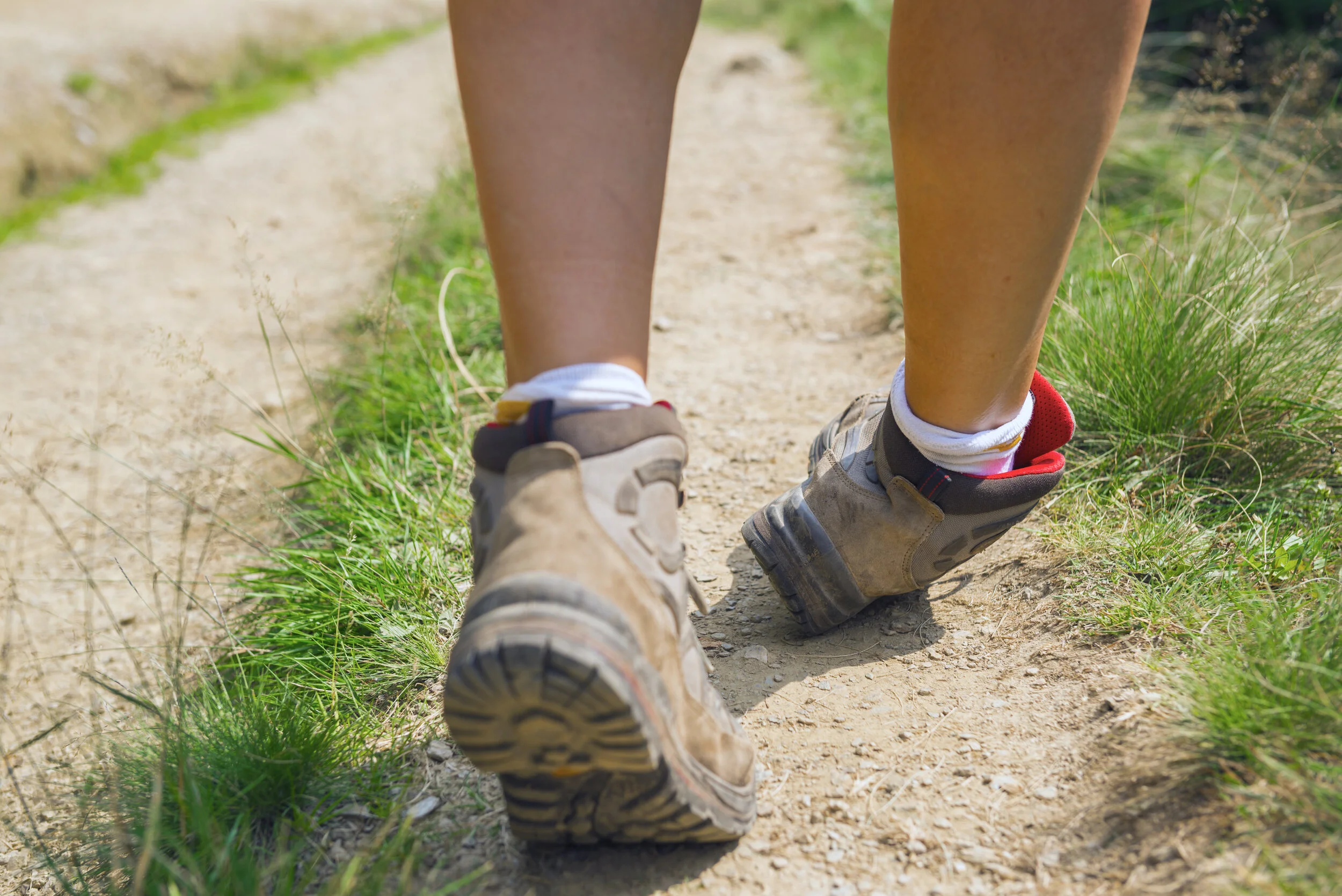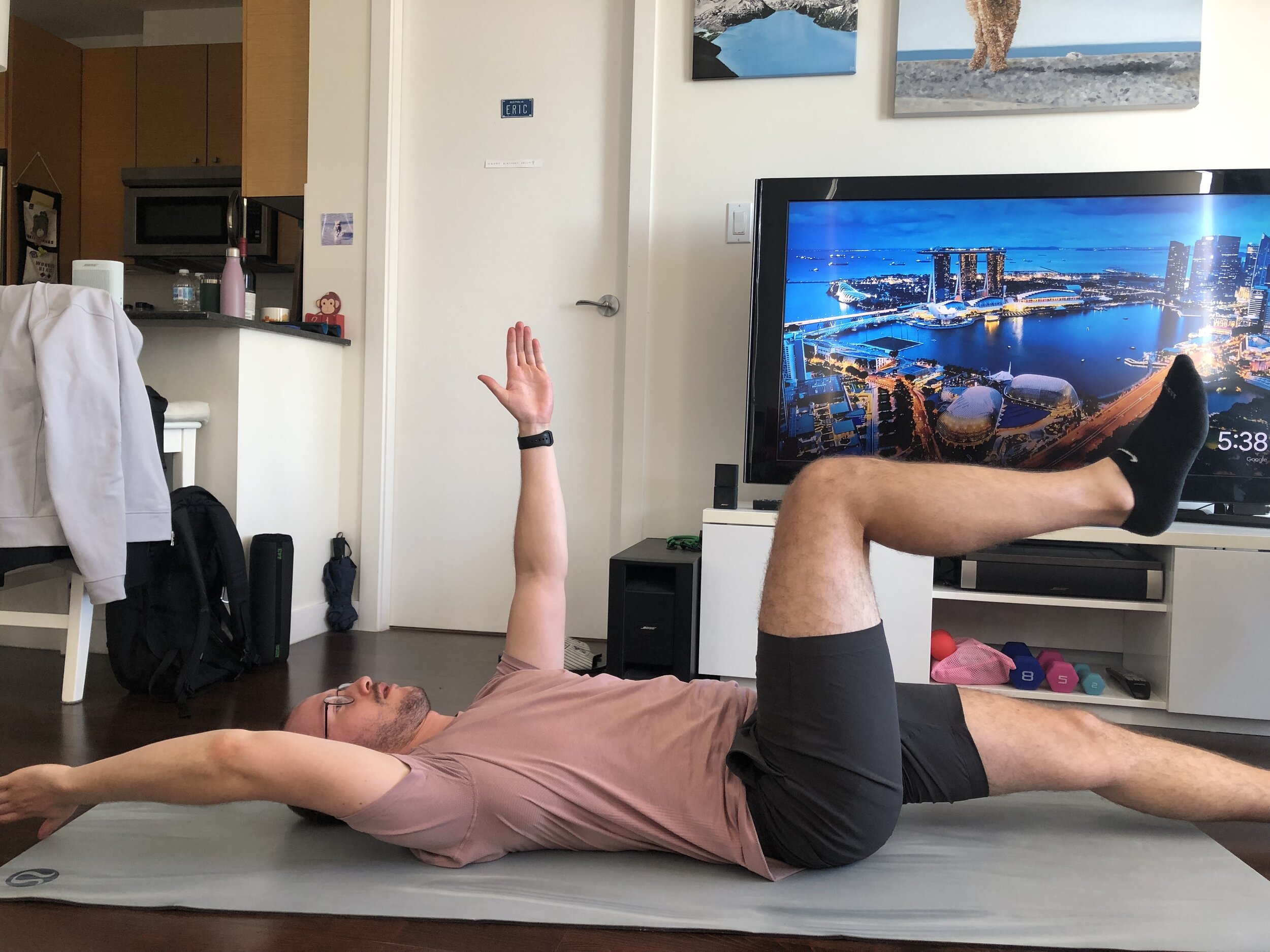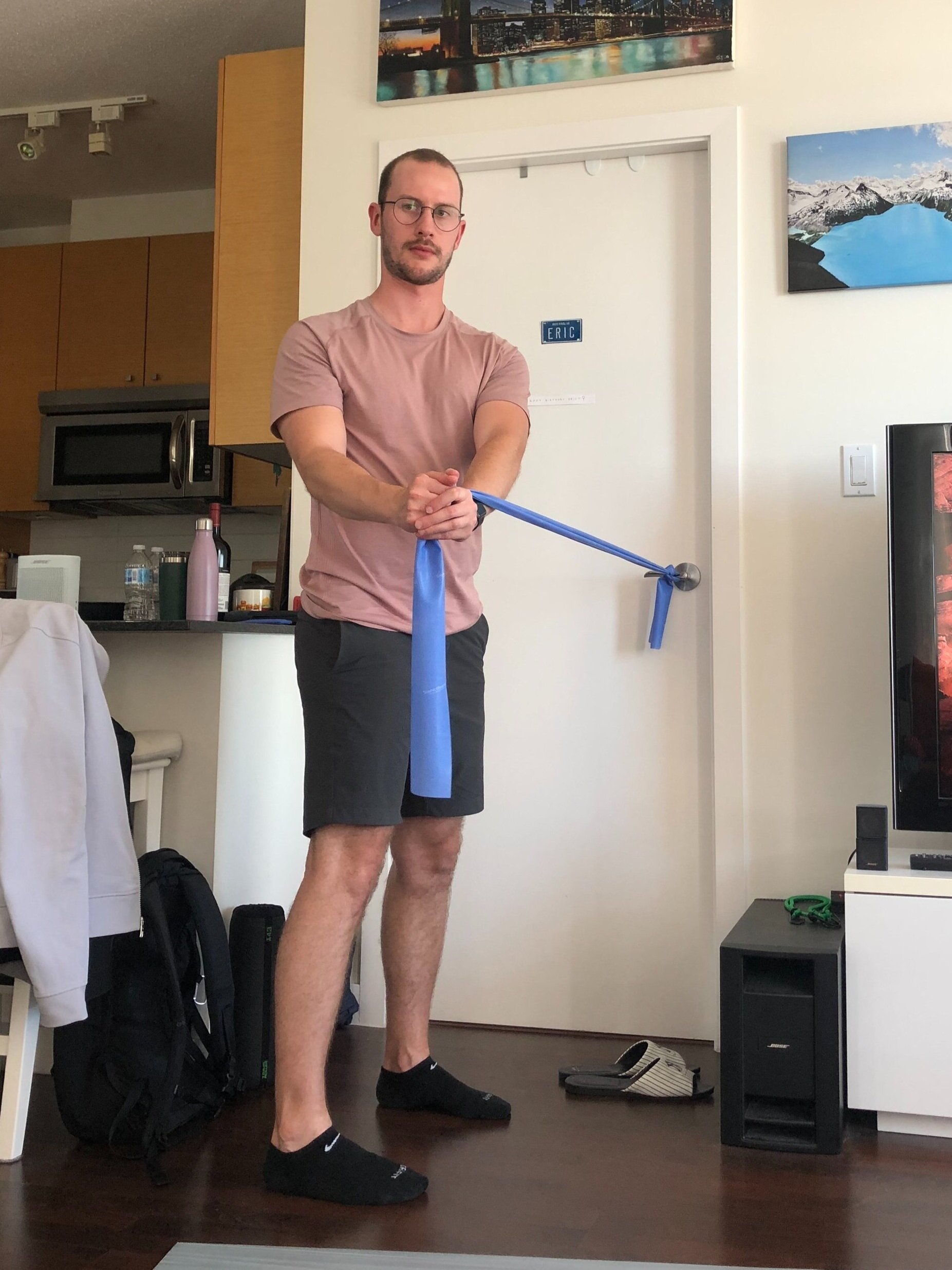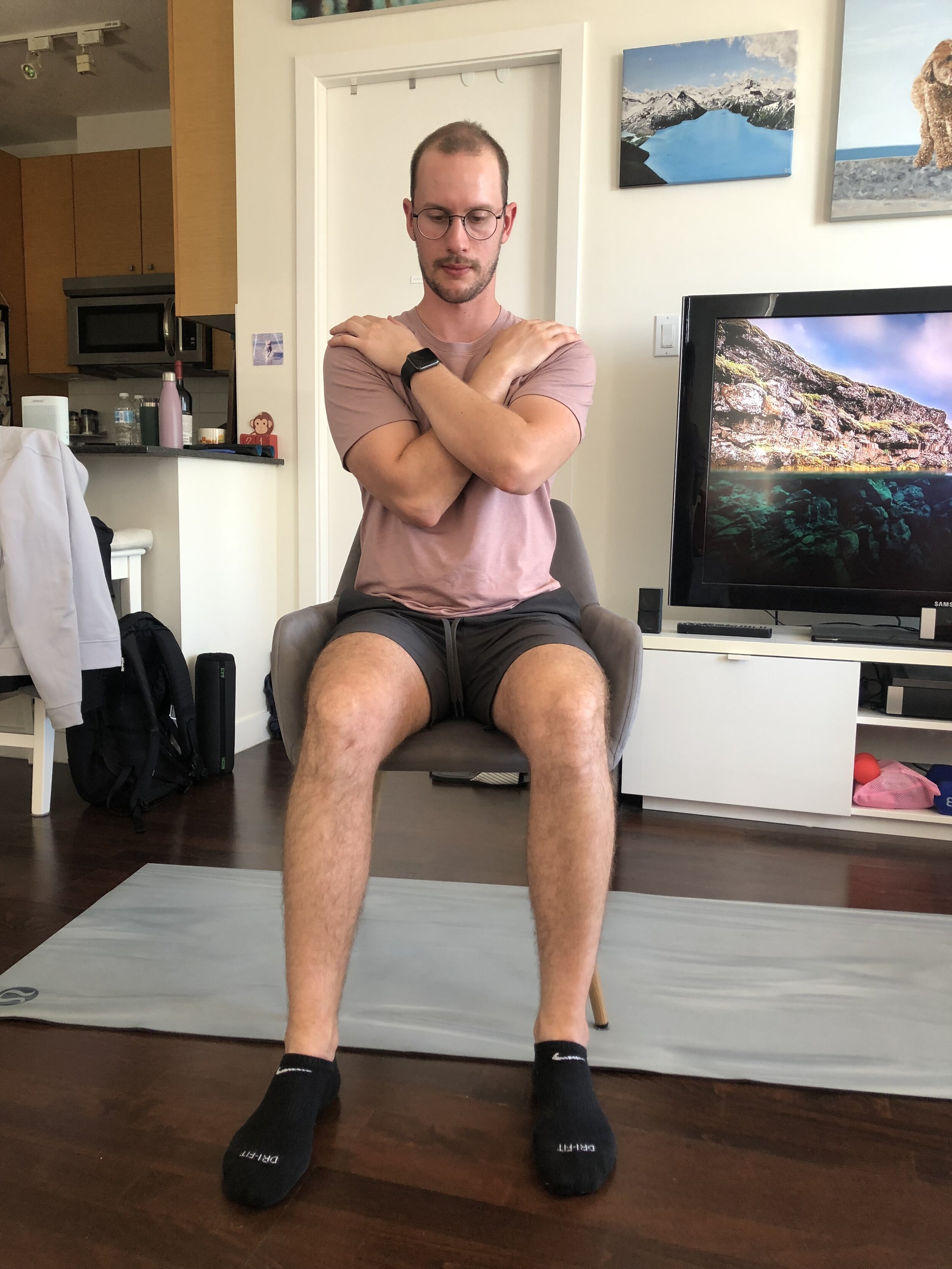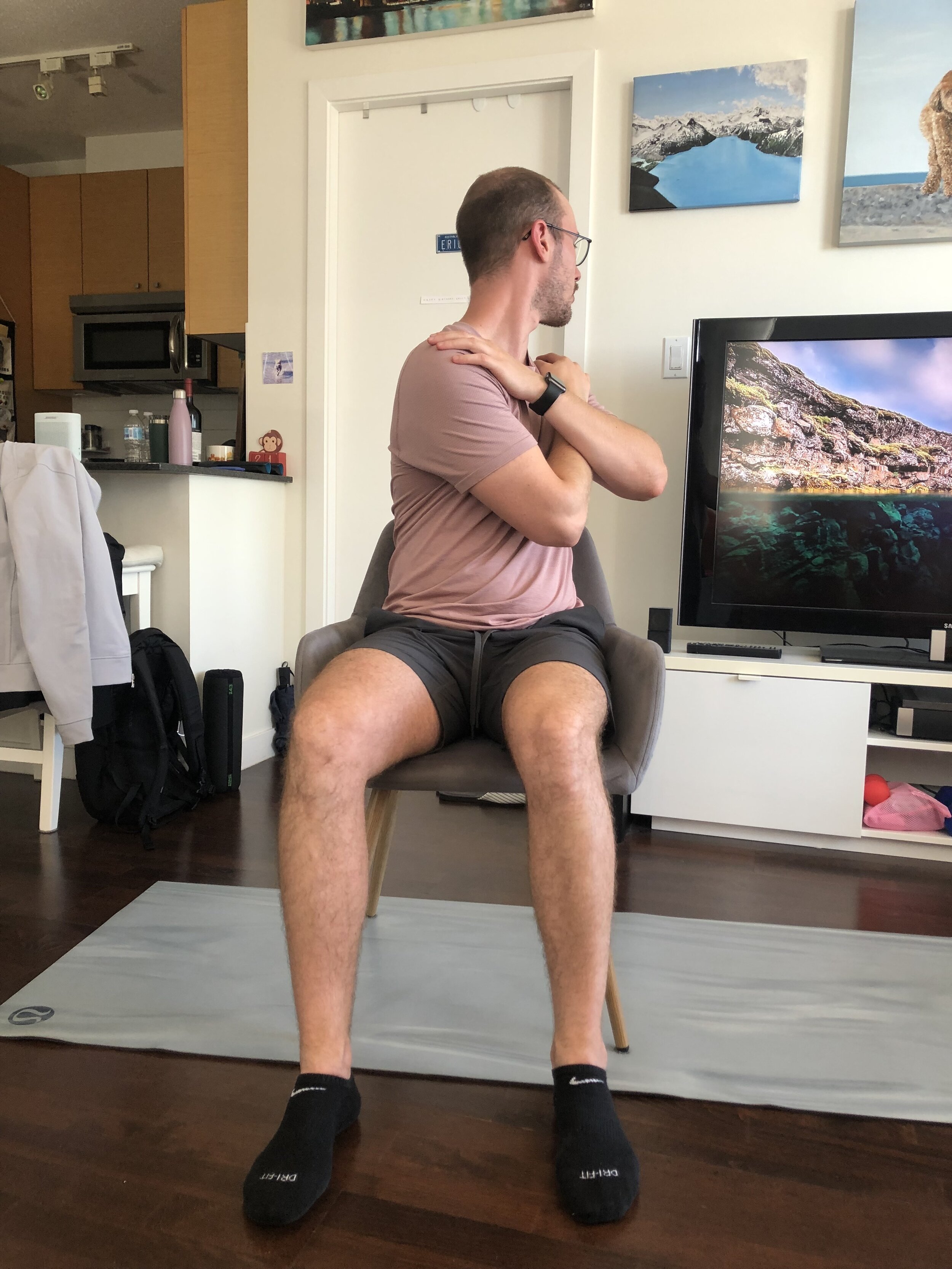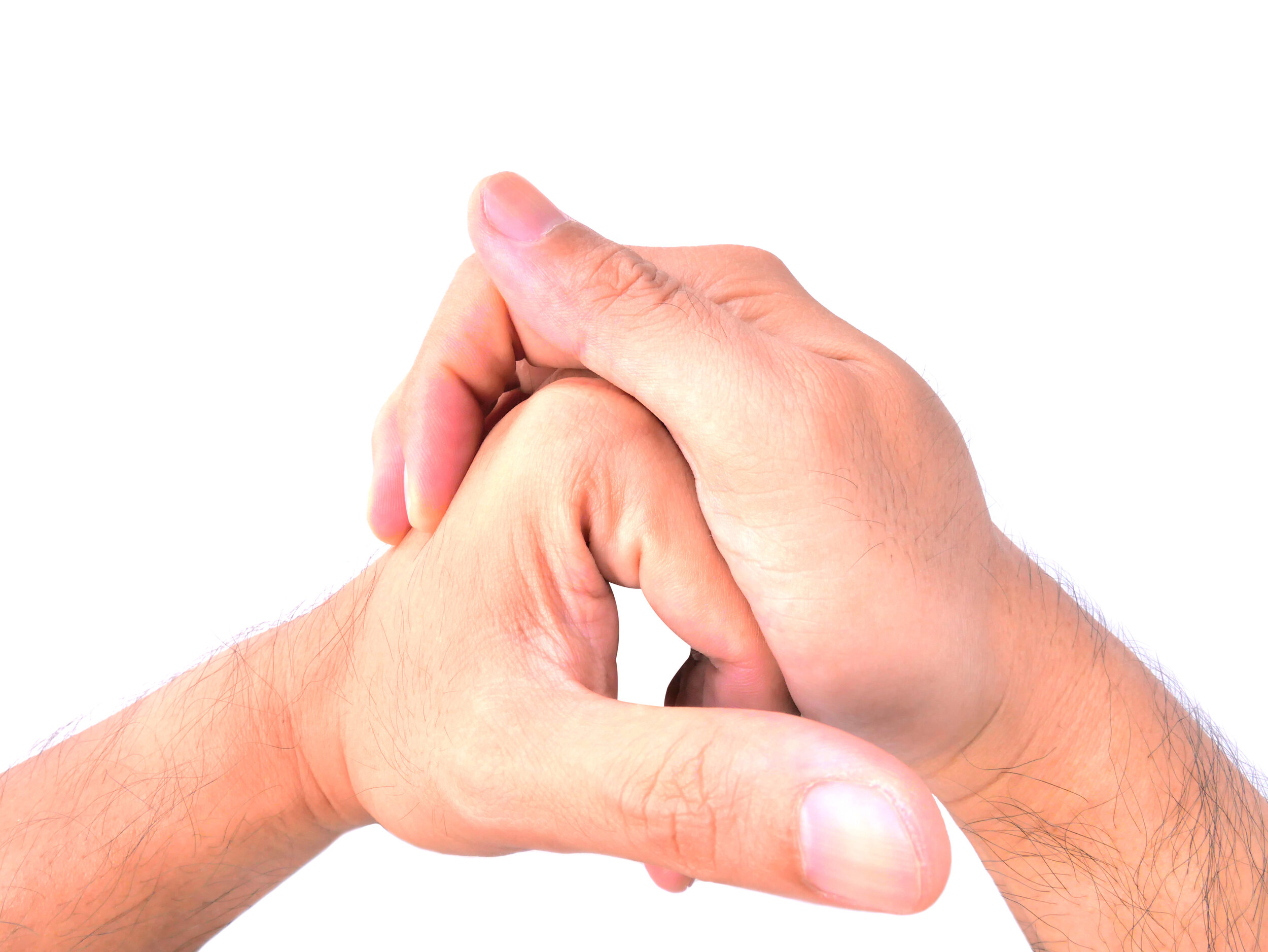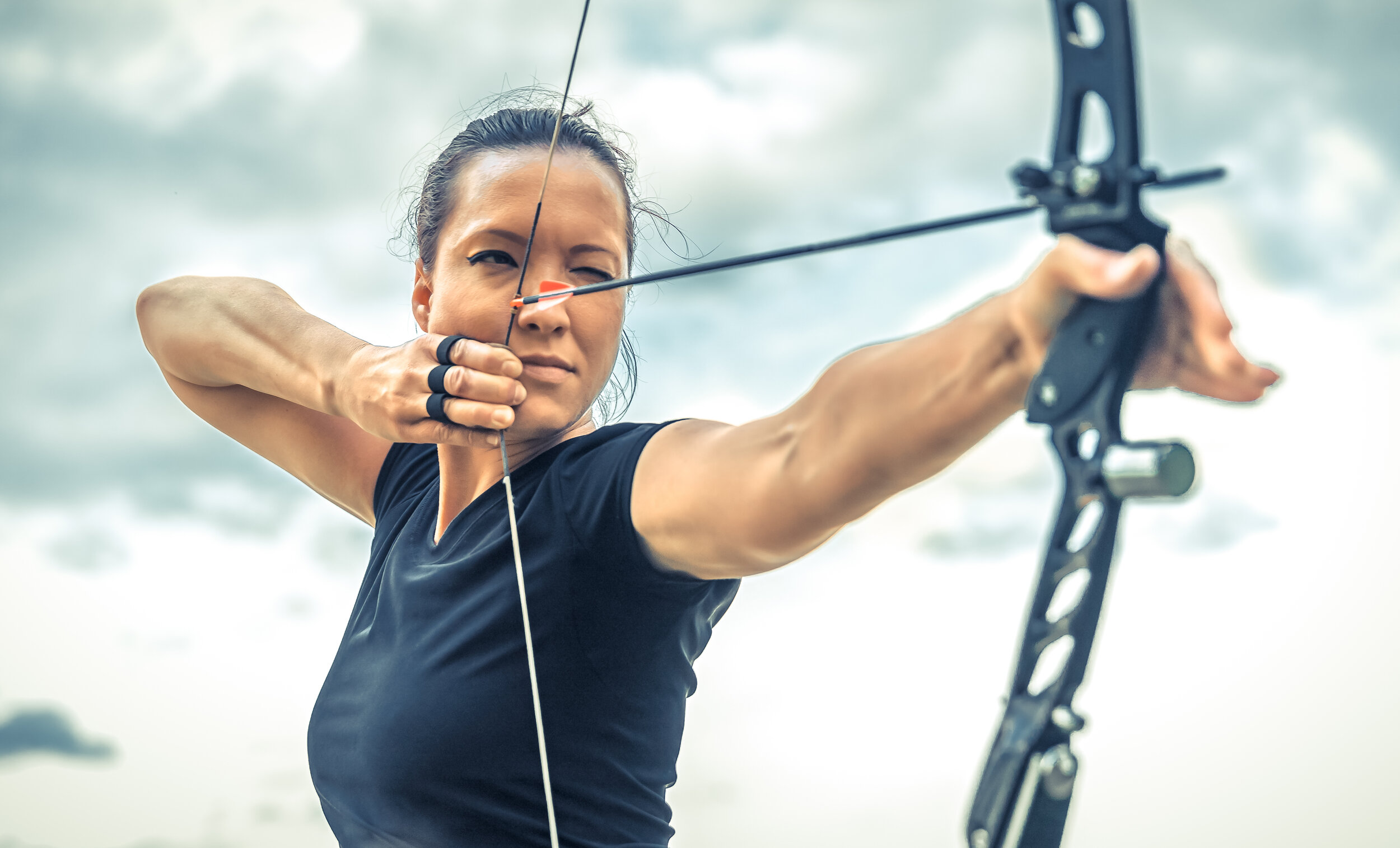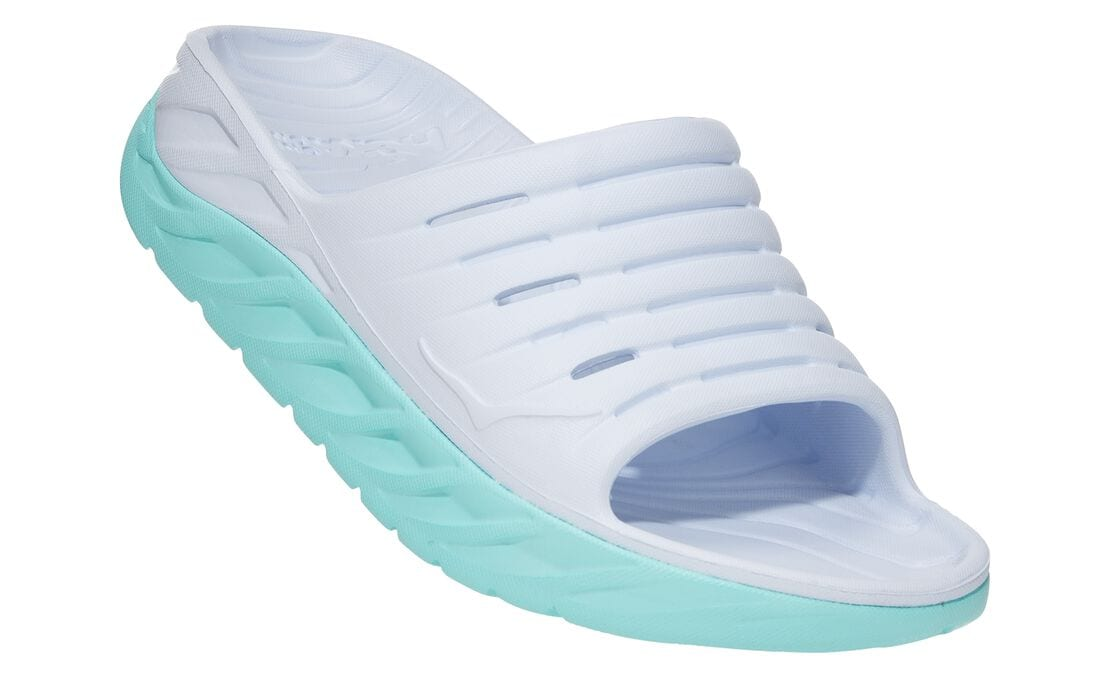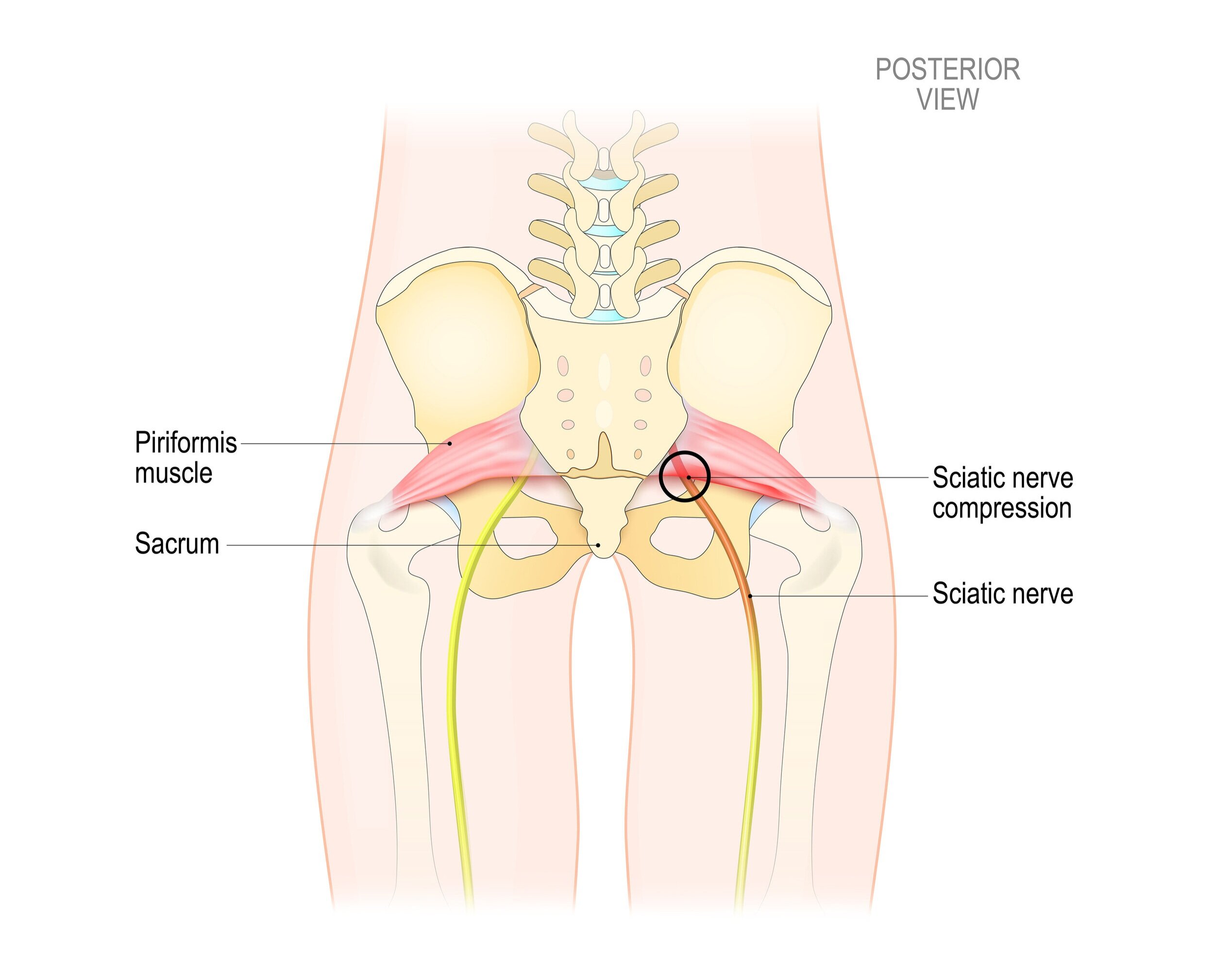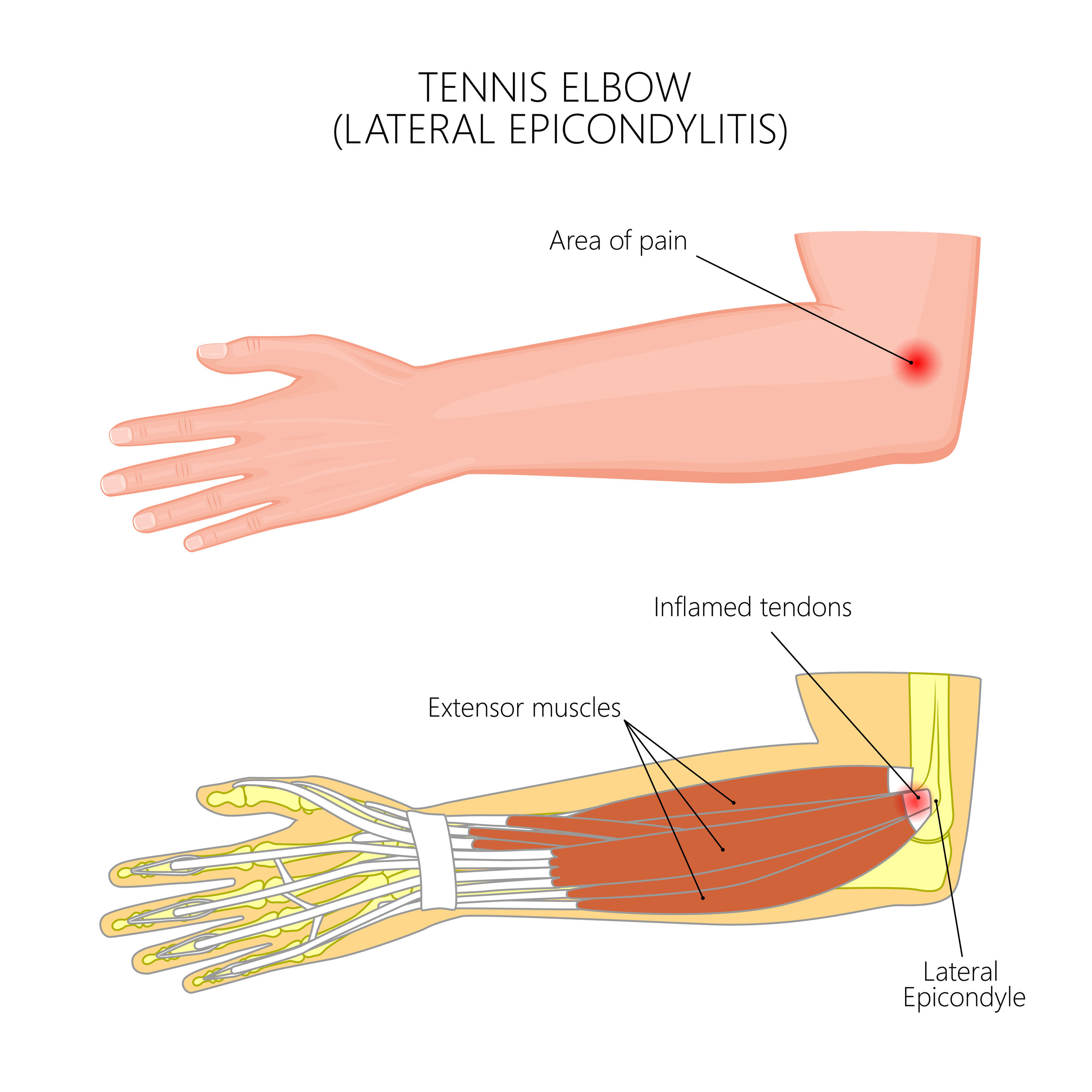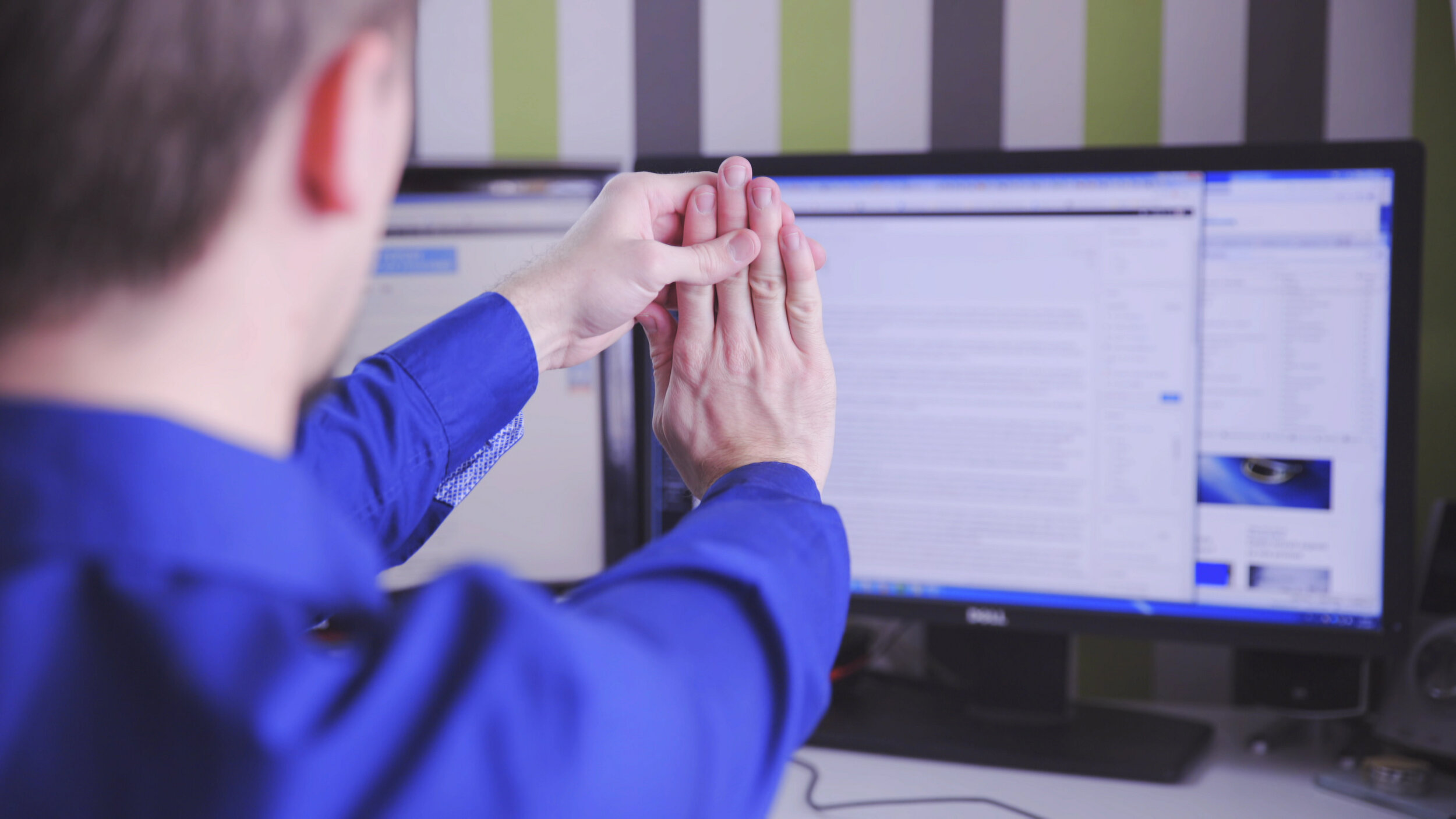You may have heard the acronym RICE before (rest, ice, compression, elevation). This protocol was developed by Dr. Gabe Mirkin in 1978 and remained the primary recommendation for management of acute soft tissue injures (like ankle sprains).
In 1998, it was adjusted to PRICE (protection, rest, ice, compression, elevation). PRICE was en vogue from 1998 until 2012 when the research evolved yet again and we were given the newly named POLICE protocol (protection, optimal load, ice, compression, elevation).
POLICE had some positive changes, especially as it included active participation and appropriate loading rather than just several passive treatments.
But now there is a new kid on the block:
PEACE and LOVE
The researchers behind PEACE and LOVE are Blaise Dubois and Jean-Francois Esculier. They identified how the previous RICE/PRICE/POLICE strategies ignored the subacute and ongoing stages of healing*. Because the subacute and ongoing stages compose the majority of the post-injury timeline, we welcome suggestions for this phase with open arms.
*We classify injuries as acute in days 0-4 after the injury, subacute from days 4-14, post-acute is after 14 days.
Without further ado, I present to you a protocol that emphasizes the PEACE-ful stages of immediate care, which emphasizes doing no harm, and the subsequent management that gives the soft tissues some LOVE.
P is for PROTECTION: Avoid activities that increase pain during the first few days after an injury.
E is for ELEVATION: Elevate the injured limb higher than the heart as often as possible.
A is for AVOID ANTI-INFLAMMATORIES: These medications can reduce tissue healing. Avoid icing.
C is for COMPRESSION: Use elastic bandage or taping to reduce swelling.
E is for EDUCATION: Your body knows best. Avoid unnecessary passive treatments and medical investigations and let nature play its role.
L is for LOAD: Let pain guide your gradual return to normal activities. Your body will tell you when it’s safe to increase load.
O is for OPTIMISM: Condition your brain for optimal recovery by being confident and positive.
V is for VASCULARIZATION: Choose pain-free cardiovascular activities to increase blood flow to repairing tissue.
E is for EXERCISE: Restore mobility, strength and proprioception by adopting an active approach to recovery.
Most of the above is self explanatory but there are a few points which are new or warrant some further explanation. Below are some key points for each factor.
A for Avoid Anti-Inflammatories
Inflammation is a natural and beneficial process to repair damaged soft tissues.
Using anti-inflammatory medications may negatively affect long-term tissue healing.
Ice is analgesic but can interrupt regeneration and can lead to impaired tissue repair via disrupting angiogenesis, delaying macrophage and neutrophil infiltration and increasing immature myofibrils.
E for Educate
An active approach to recovery is better than a passive approach.
We want to avoid people feeling therapy-dependent or “needing to get fixed.”
Better education and correct load management can decrease the need for unnecessary injections or surgery.
There is no “magic cure” and expectations should be realistic.
O for Optimism
Optimistic clients have better outcomes and prognosis. Beliefs and emotions are thought to explain more of the variation in symptoms following and ankle sprain than the degree of pathophysiology.
Catastrophisation, depression and fear can represent barriers to recovery.
V for Vascularisation
Cardiovascular activity is important for the management of musculoskeletal injuries and should be completed in a pain-free way to boost motivation and increase blood flow to the affected area.
Early aerobic exercise and mobilisation improve physical function which can aid with successful return to work and decrease the need for pain medication.
Further research needs to be done for recommendations on dosage.
E for Exercise
Exercise can help restore mobility, strength and proprioception. It can also reduce prevalence of recurrent injuries such as ankle sprains.
Avoiding pain to ensure optimal repair during the subacute phase. Progress exercise as tolerated.
For the full paper, download it here!










